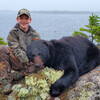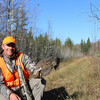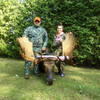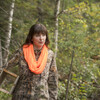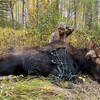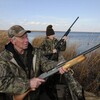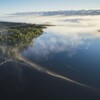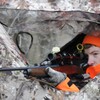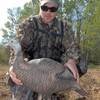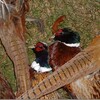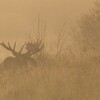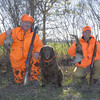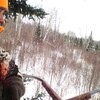
Stalking Late Season Bucks
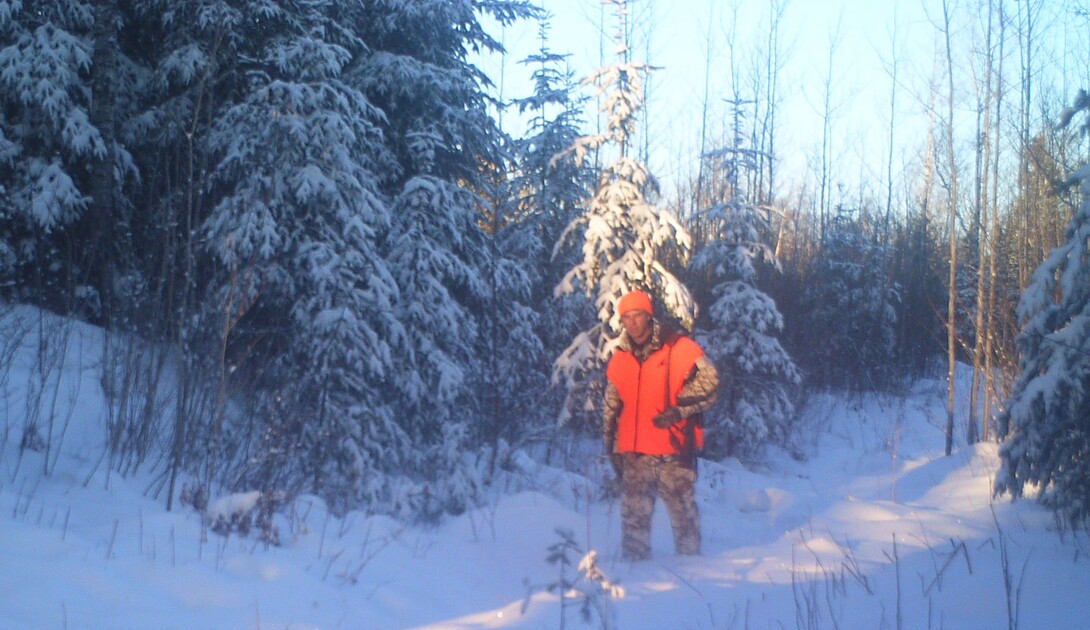
There are some real pluses to late-season hunting. Because the deer are hungry and feeding, they often allow themselves to be exposed in ways that would normally not occur. There is also a real decrease in hunter traffic once the bad weather hits. Fair weather hunters have hung it up in favour of the easy boy chair, cold beer, and WFN. Getting beat to a hunting spot or having someone crash your party rarely happens during late-season deer hunts. If you value alone time in the woods, the late-season survivor hunt is for you. And one of the best ways to get a late-season buck is by stalking it.
I'll admit right up front that stalking is my absolute favourite way to hunt late-season bucks. You need to have snow on the ground to do it, though, preferably snow with no crust. If you can walk on the snow without making an audible crunch, you¹re in the game. If you can't, then stick to a tree stand or ground blind. Deer that can hear you coming will not be successfully stalked.
Some of my most exciting deer hunts have been stalks, yet a good number of them have ended without a harvested buck. Sneaking up on a mature buck in the late season requires the kind of quiet, stealth, and quick reaction times few of us come by naturally. Many times I've been on the path of a buck, and just as I was getting close to it, would hear a loud snort and see a deer and a white flag bounding off into the swamp. Big bucks know danger usually comes from behind them and are constantly checking their back trail and smelling the air. You need to be super quiet and scent-free. No radios, surfing on cell phones, or smoking ciggies when you stalk. Keep your hunting clothes clean and laundered. Stay alert and move slowly. Use your eyes to look around, not your head. Keep movement to a minimum.
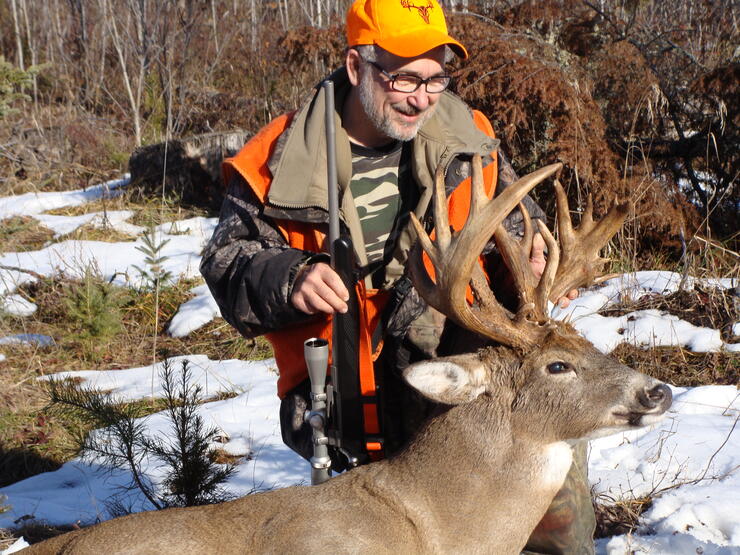
Despite the difficulties of it, bucks can be effectively stalked in the late season. There are many successful deer hunters who do nothing but. They simply find the very largest track in the snow they can and start following it. A monster buck track will be spread at the toe, and they often drag their hooves. Big tracks often -- but not always -- equal big bucks. My favourite situation for stalking is on a November/early December day when the air is damp and foggy and without a trace of wind. This kind of late-fall weather is a tall order, but those conditions have been the best for my late-season stalking.
I remember one hunt, on an early December day, that perfectly filled that weather bill. It was just below freezing, and there was a light mist in the air. Not the best for rifle scopes, but it's great for quiet movement in the woods. I picked up the track of a buck that was meandering through tag alders, nipping off the tops of them as he went. The buck was clearly in no rush, so I went as slowly as possible, watching and listening intently. I'd take a few slow steps, then stop, look, and listen. At some point, my spidey senses indicated the deer was close. Standing stock-still, I lifted a buck call to my lips and made a soft grunt. No sooner did the soft burp go out than a seven-point buck appeared out of the alders about 50 feet away. Our eyes locked. I very slowly lifted my gun and put the crosshairs on his shoulder. Why that deer didn't bolt, I'll never know, but it didn't, and my tag was finally filled.
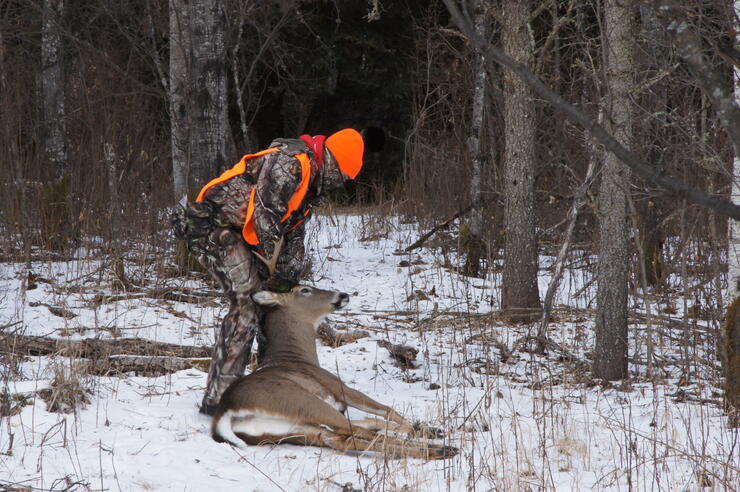
When stalking bucks, be aware that deer don't always walk in a straight line. In fact, bucks will often make a slow, lazy loop as they go. This allows them to keep better track of what¹s coming behind them. About half the times I've been busted by bucks, it has been when the animal has come around to see what was following on its trail. Occasionally, you may actually spot a buck walking back toward you before it spots you. If you see one, try not to move until the deer drops its head to smell the ground or looks backward. If the deer spots you, and you want to shoot, do everything in super-slow motion. A fast move to lift a gun will trigger the buck to bolt. Yet, it's amazing how often a very slow shoulder of a gun will allow a shot.
Often, when you stalk, the whole deer will not be visible. It will give itself away with a little bit of movement, such as an ear or tail flick. Sometimes, you will see nothing but trees, then suddenly notice an animal staring back at you. Bucks have an incredible ability to blend into the environment. This sudden sighting will test any hunter's ability to contain movement and excitement. If you can regularly stalk up on mature bucks on their home turf, you will become a member of a very small club.

Recommended Articles
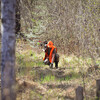
Hunt the Grass
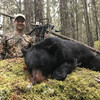
Spring Bear Hunt at Hillsport Hillton

Fast & Furious Duck Hunting
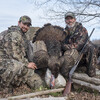
Turkey for Lillian
Ontario Waterfowl Hunt
Spring Bear Hunt at Olive the Lake

Moose Hunting in Ontario
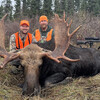
Remote Shoreline Moose Hunting
An unforgettable adventure into the heart of Northern Ontario
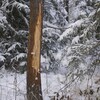
The Rut
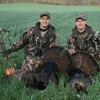
Turkey Time
First Class Duck Hunt
Big Bucks Behavior
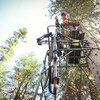
Setting up for Bear
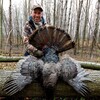
Turkey Lessons
Moose Hunt Magic

Bear Hunt Experience
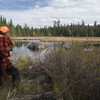
A Northern Ontario Moose Hunt
